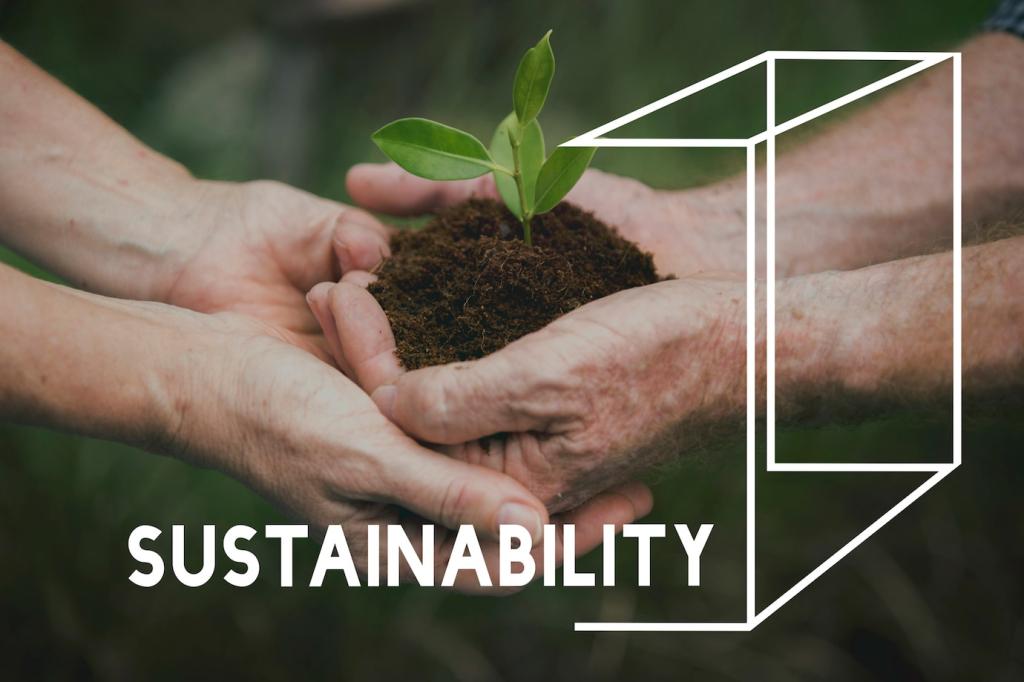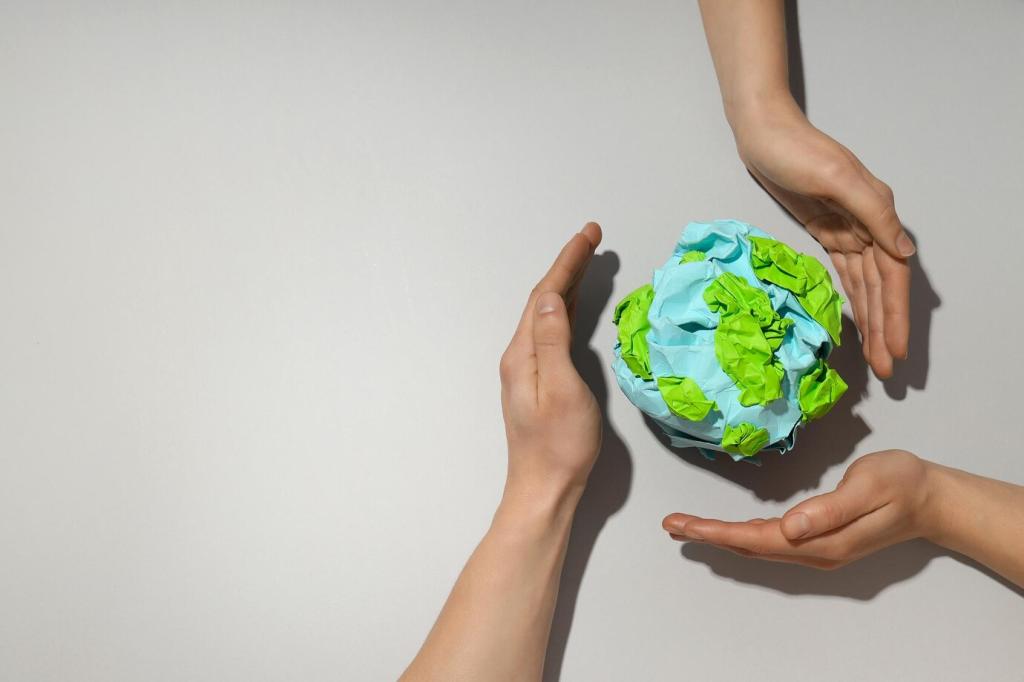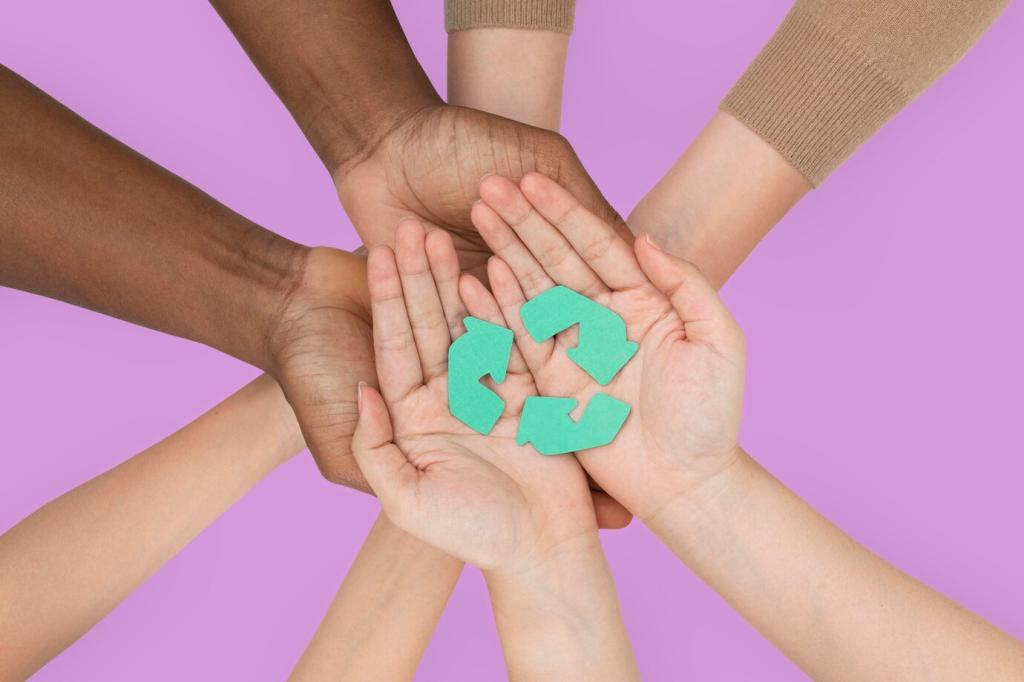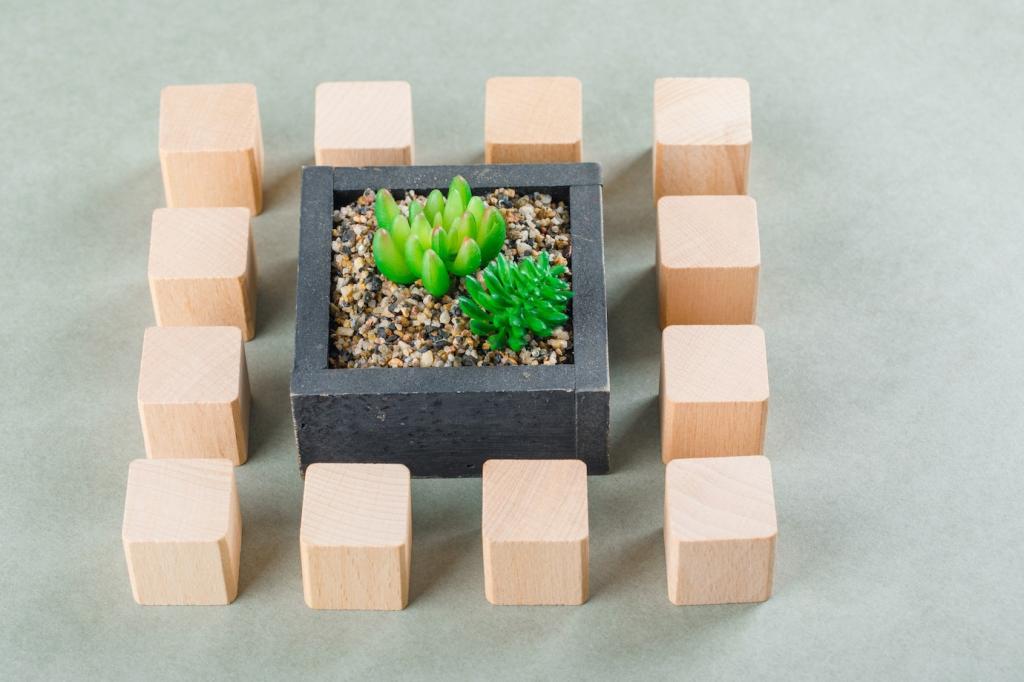Upcycling Stories that Spark Change
A neighbor stacked old fruit crates, sanded edges, and finished them with linseed oil to make a hallway library. The open sides hold baskets for hats and keys. Try it, then share your crate layout sketch—modularity means you can evolve it as needs shift.
Upcycling Stories that Spark Change
Repurpose mismatched jars and paint their lids with plant-based enamel for a color code by cuisine. A reader cut weekly cooking time by ten minutes. Post your palette and list your top three staples; we’ll compile community spice guides for quick, low-waste meals.
Upcycling Stories that Spark Change
Old denim and canvas become soft dividers for socks, tech cables, or baby items. Stitch simple sleeves around cardboard offcuts to make adjustable compartments. If you try this, upload a before-and-after drawer shot and note which items finally found a calm home.
Upcycling Stories that Spark Change
Lorem ipsum dolor sit amet, consectetur adipiscing elit. Ut elit tellus, luctus nec ullamcorper mattis, pulvinar dapibus leo.







